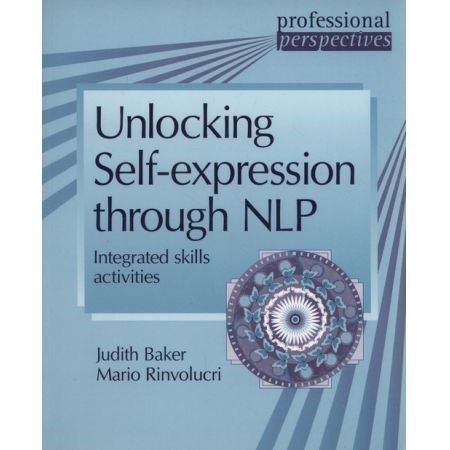A Variation on an Old Activity: Present Perfect Spaces and Weathers
You’ll find questionnaires practising the superlative everywhere. In this questionnaire adapted from Unlocking Self-Expression using NLP, the authors (Rinvolucri and Baker) sought to encourage learners to think about interesting variations on the questions normally asked.\

https://www.amazon.com/Unlocking-Self-expression-through-NLP-Professional/dp/3125016010
https://www.tefl.net/elt/reviews/esl-teaching/unlocking-self-expression-through-nlp/
- Dictate the questions below. (Dictating allows students more time to think about the questions.) At the end of the dictation, give students time to think about and write their answers.
- In pairs or groups students compare their answers in a class discussion on the answers students find most interesting.
- Finish with a whole-class discussion on the answers students find most interesting.
|
Present Perfect Space and Weathers
a. Which is the dampest, most humid place I have ever been in? b. What is the darkest place I have ever been in? c. Which is the brightest, clearest light I have been in? d. When have I experienced the coldest cold? e. Which is the warmest water I have swum in? f. Where have I experienced the highest altitude? g. Can I remember an environment in which felt shut in and confined? h. Has there ever been a time when I had a huge space around me? i. What’s the most amazing view I have ever seen? j. When have I ever been in a very high wind? k. How many kinds of rain have touched my skin? l. What’s the largest indoor space I have been in? m. What kinds of fog or mist or smog have I been in? n. What places have I been to in my dreams?
|
This activity is pitched at an intermediate or above level but it can, of course, be adjusted to suit the level of your learners.
It is not important if learners don’t have an answer for every question.
The activity can be extended by asking learners to write about one of their memories.
Here is one such story, produced by a young boy from Afghanistan, responding to the question about darkness. He told the story to his teacher who wrote it out for him.
The war, the cave and our apple trees
In Kabul, we lived in an area with other people from our ethnic group. It wasn’t a very good area. It was too far from the middle of the city. All the houses were made of earth. We had a big house with a big garden with lots of trees and flowers and vegetables. We had two wells.
When the war came, we made a cave under out house. We worked very hard. Some people dug from one side. Other people dug from another side. We worked very hard. It took five or six days to dig.
When the gunfire started or when the tanks fired on us, we went into the cave. Sometimes we stayed for five or six days. Our neighbours came too because our house was bigger.
My father liked our house and our garden. We never bought apples from the shop. We had forty-two apple trees.
We took blankets. It wasn’t too cold. It was very dark but we made little places for candles.
One person had the job of coming out of the cave to make food. Another person went to get water from the well.
We lived like this for 3 or 4 years. The children liked it because we didn’t go to school.
One day they fired a rocket directly at our house. My mother was cooking that day in the kitchen. We were all shouting. We thought something happened to my mother. When it was all over we shouted out. My mother was fine but the rockets destroyed all our apples. We didn’t have apples for one year.
This is my second story
Ibrahim
Please check the Teaching English through NLP and Coaching course at Pilgrims website.
Please check the Creative Methodology for the Classroom course at Pilgrims website.
A Variation on an Old Activity: Present Perfect Spaces and Weathers
Judith Baker, Australia